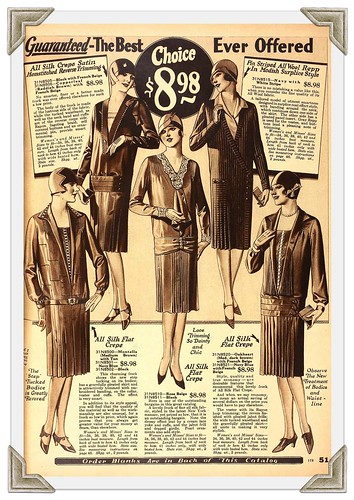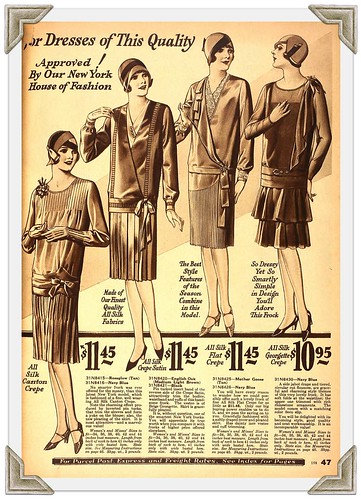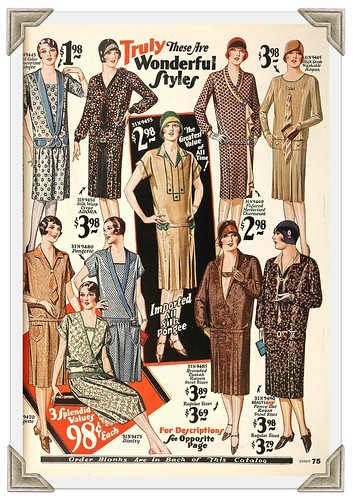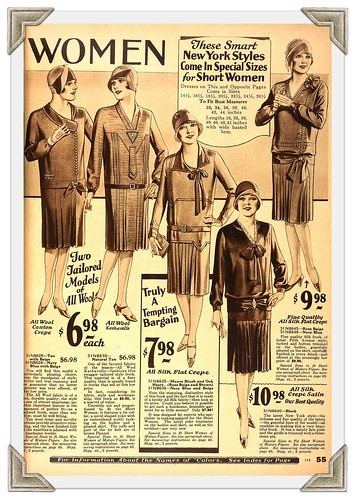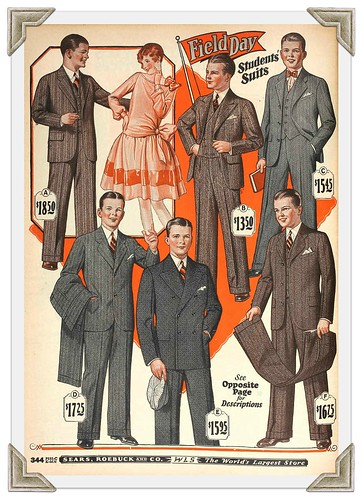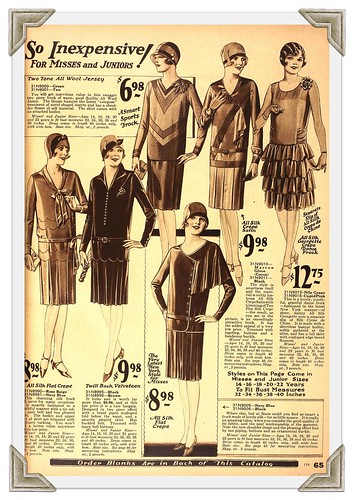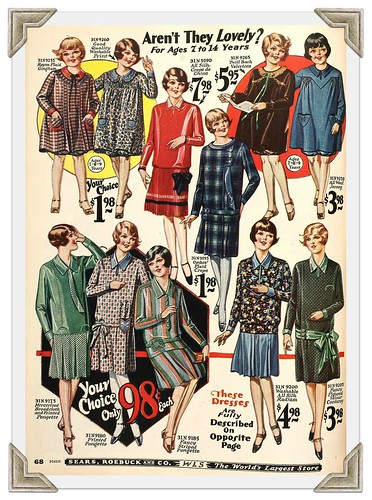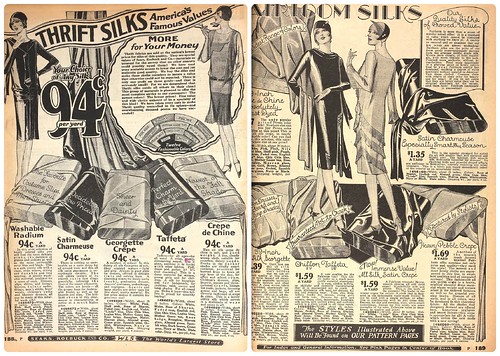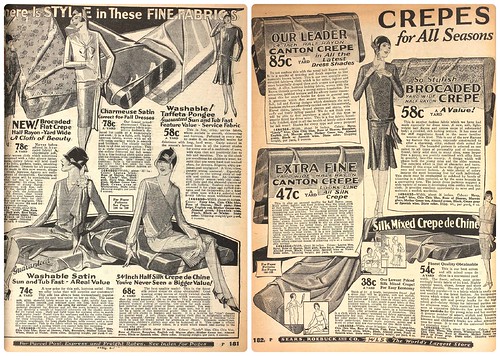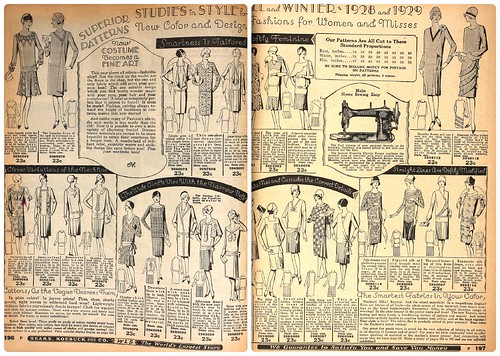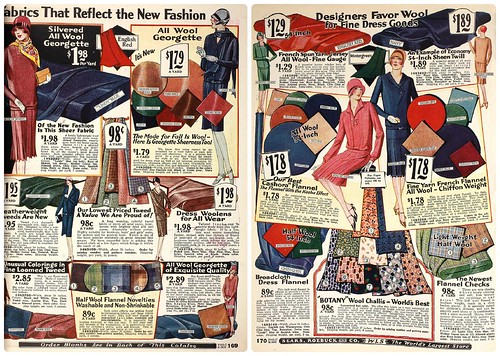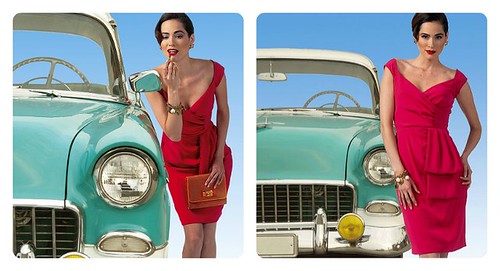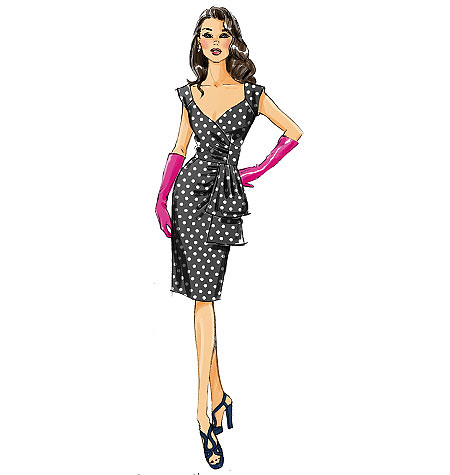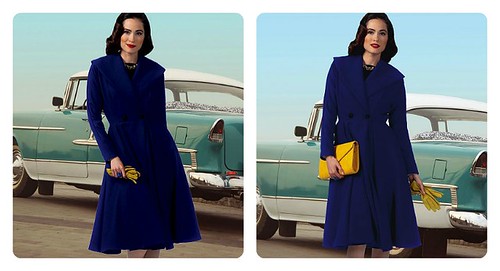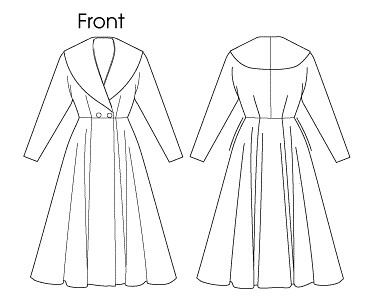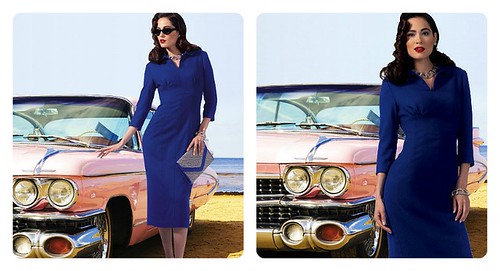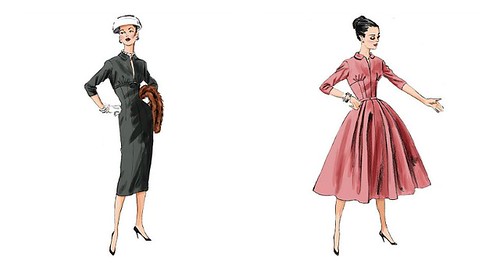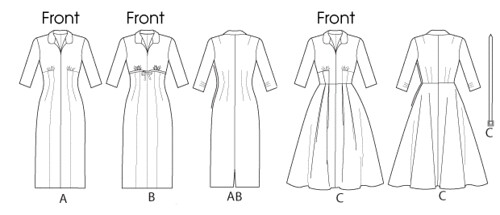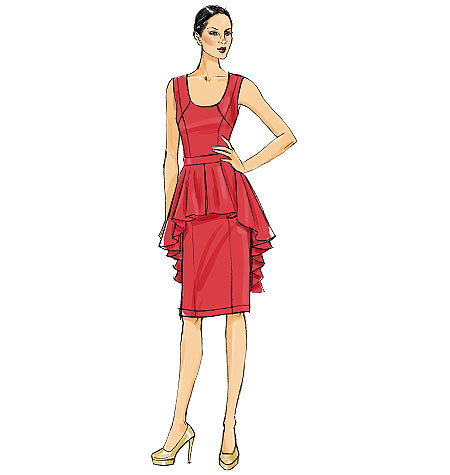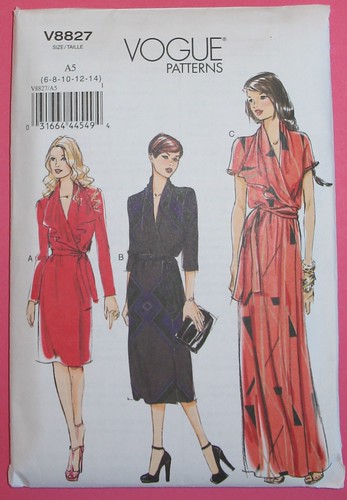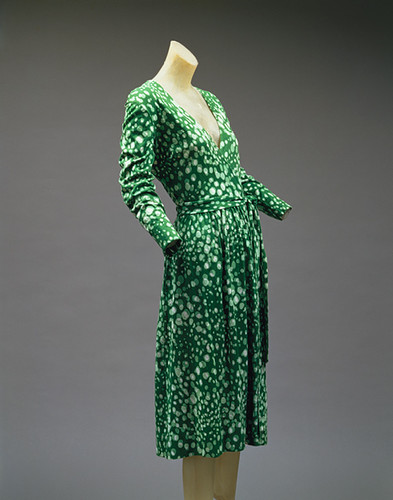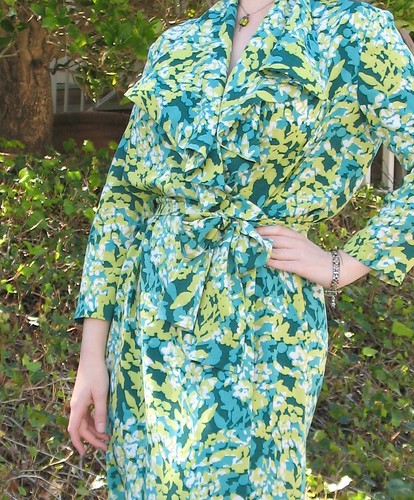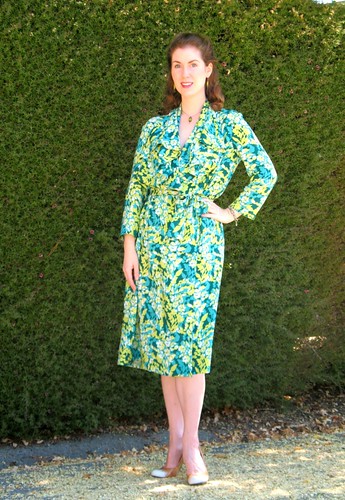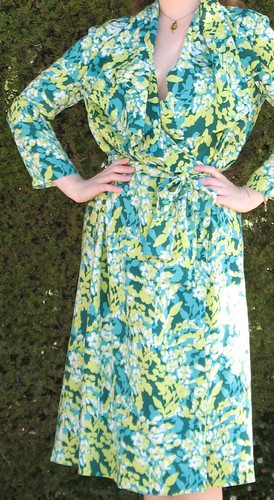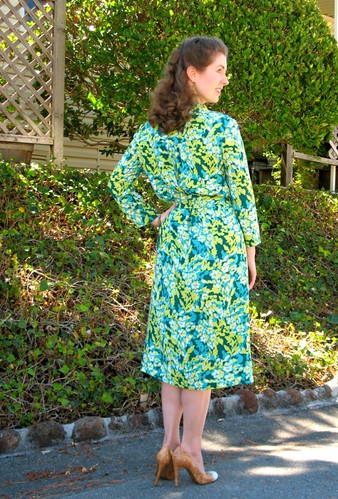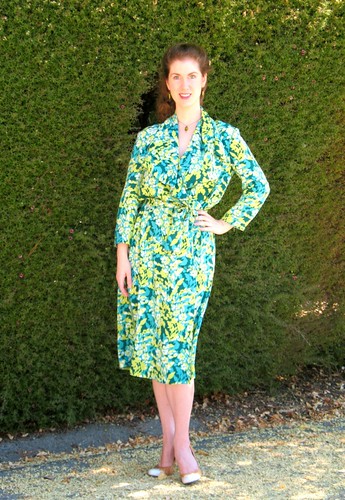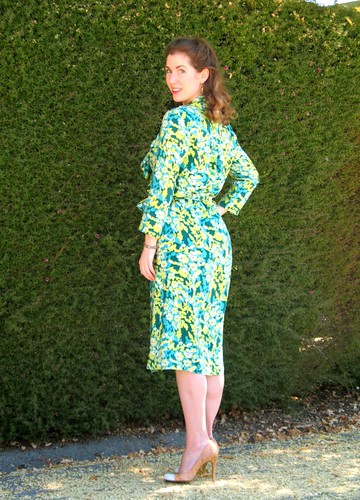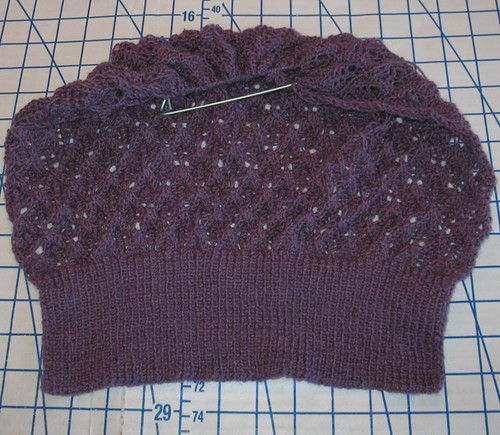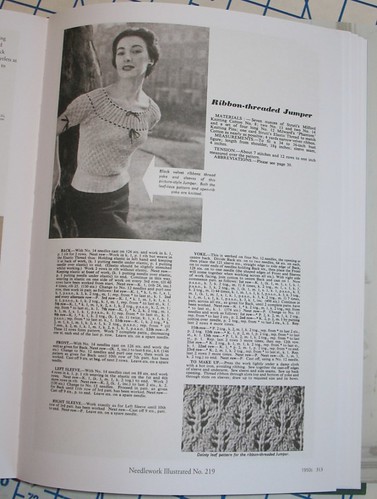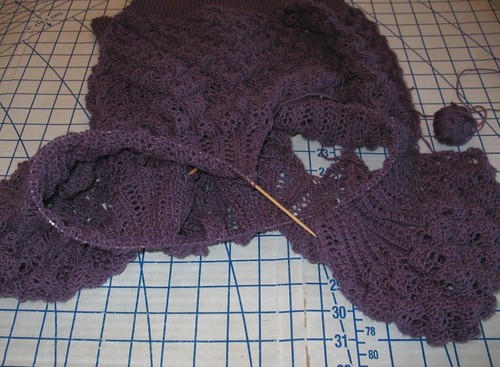Today I thought I would continue with my 1920s fashion
research. I know that there are quite a
few people out there that avoid the dropped waist look because they believe it is rather unflattering. And to a
certain extent, I agree.
Seeing as I have a rather long torso, the silhouette
actually makes me feel right at home – a design that accentuates what is
already there! However, I have wide hips
and a relatively small waist, and I like to accentuate the smallest part of my
body. The flapper look does NOT accomplish this.
But why should I let that stop me
from enjoying a wonderful part of fashion history?
Yes, it is arguably one of the least flattering looks for
most female figures, but seeing these illustrations side by side makes me
appreciate how amazing the fashions really were.
It amazes me how many different looks can come from the same
basic silhouette. The addition of a
ruffle or some lace here and there, or a section of pleats and pintucks does wonders for the
drop-waist look of the 1920s. Or how
about a sash and a floppy bow? Buttons,
buckles and brooches also add extra flash to the look.
When I think about the amazing fabrics that they were
made of, I wish I had an entire closet full! And these are just day dresses - the evening looks are spectacular. One day I will have to make a gown based on one of the amazing designs by Erté.
The Victorians were the first to create fashion specific to a younger generation that looked nothing like what adults of the time were wearing, only to have designers make an adult woman look just like a young girl with no curves a couple of decades later.
The pattern I have been working on is Vogue 2535. A bit shapeless, yes, but it is also unlike anything else I have, which is making for a fun project.
What I did not find were any scalloped hem dresses in the 1928
Sears Roebuck Catalog. But perhaps Sears
was not quite as up to date as Vogue? Makes sense to me!
[Images from the 1928 Sears Roebuck Catalog]

